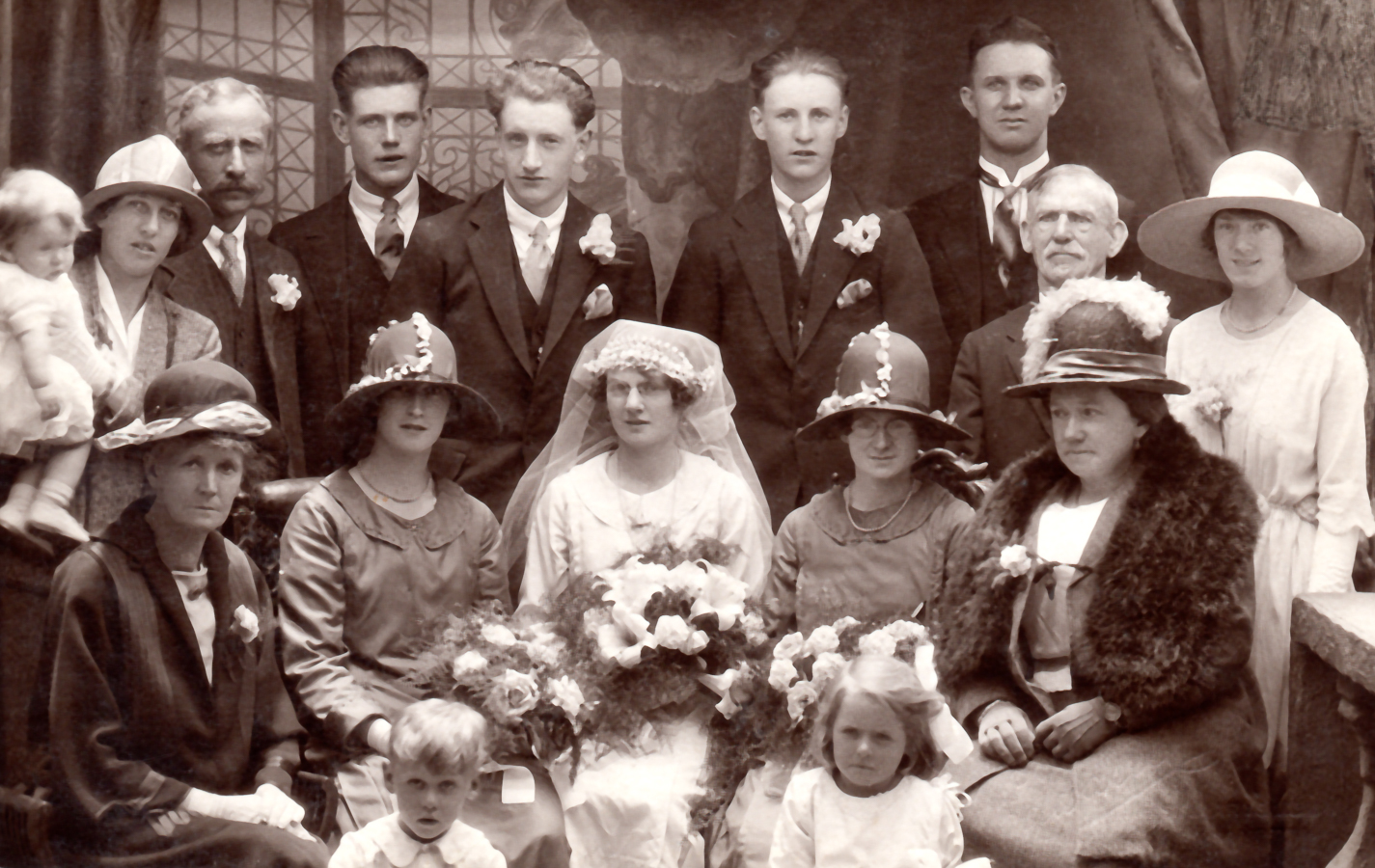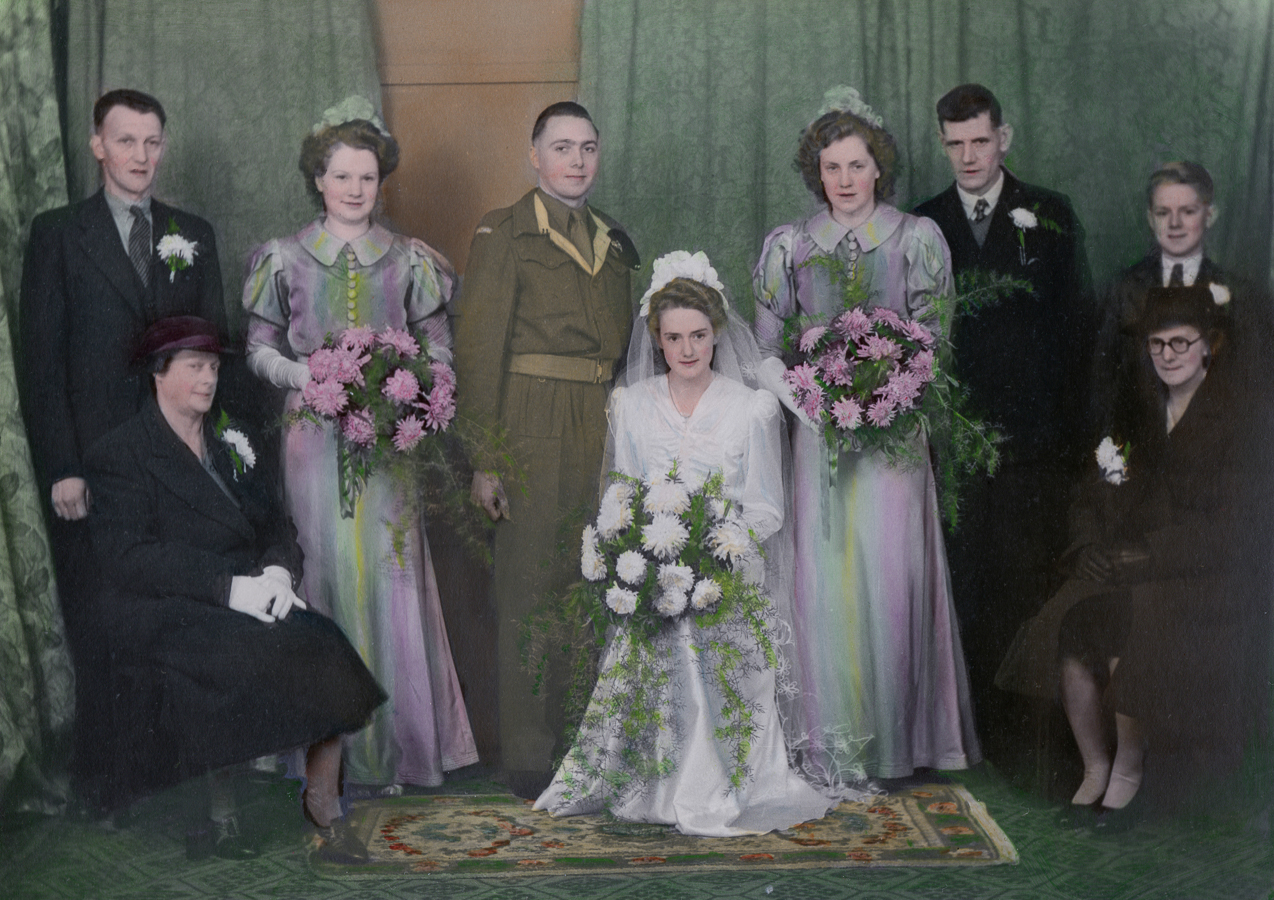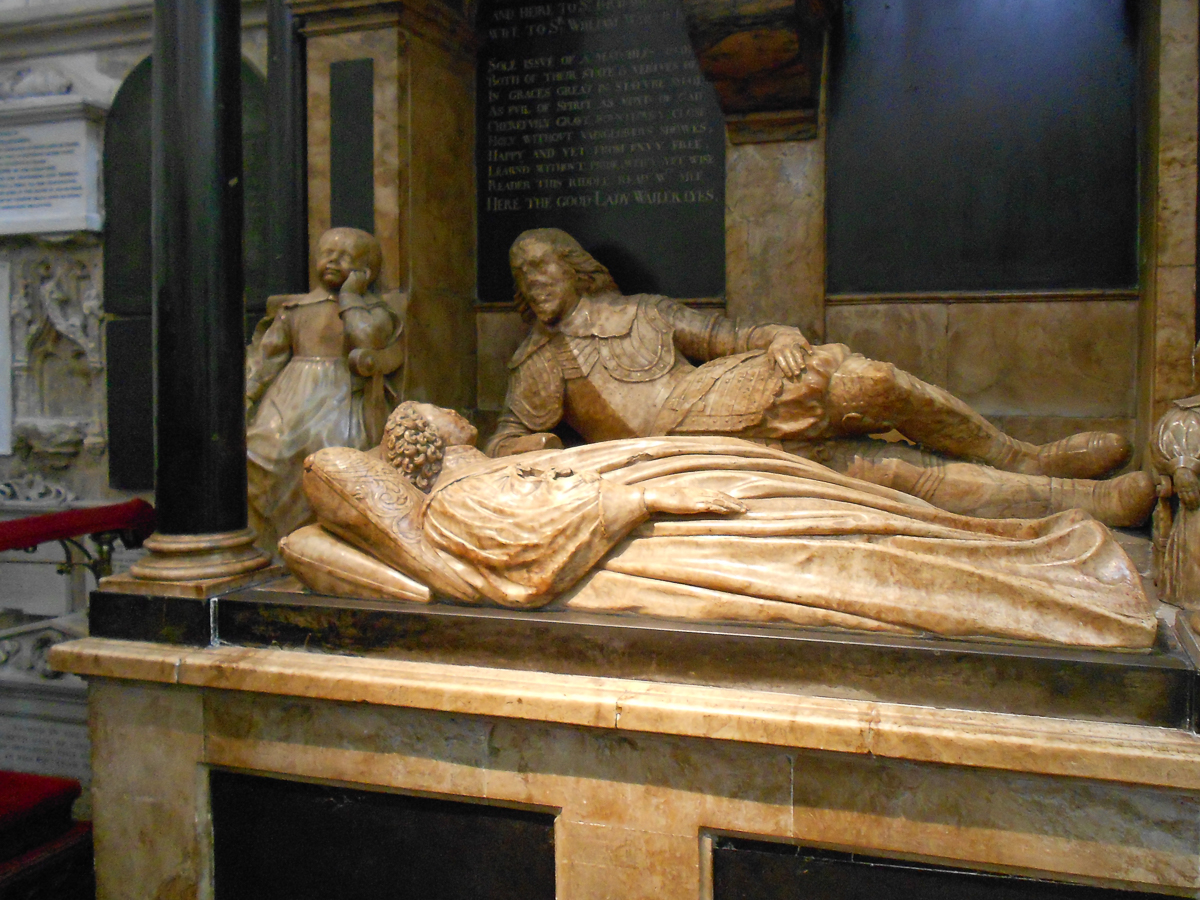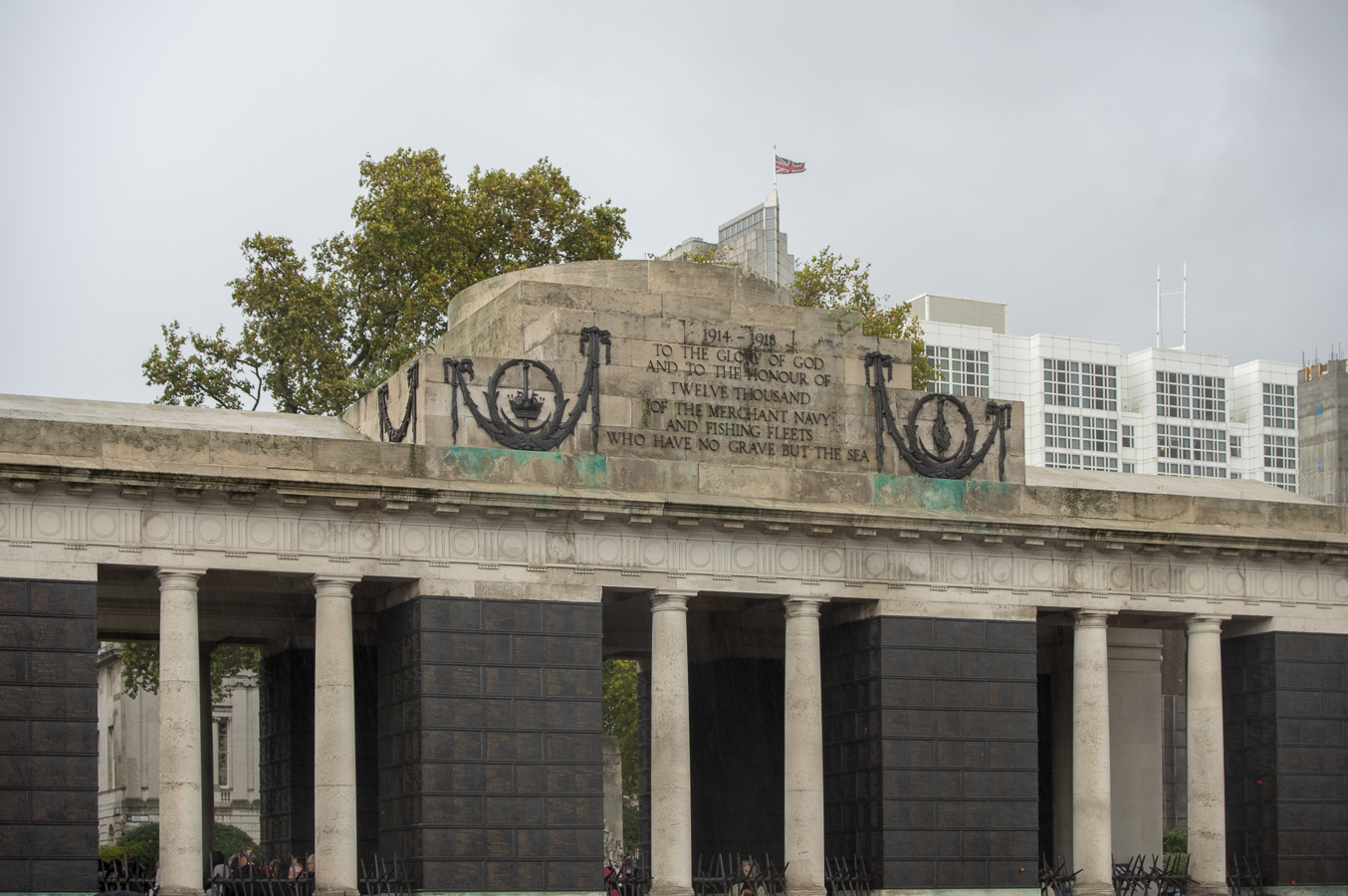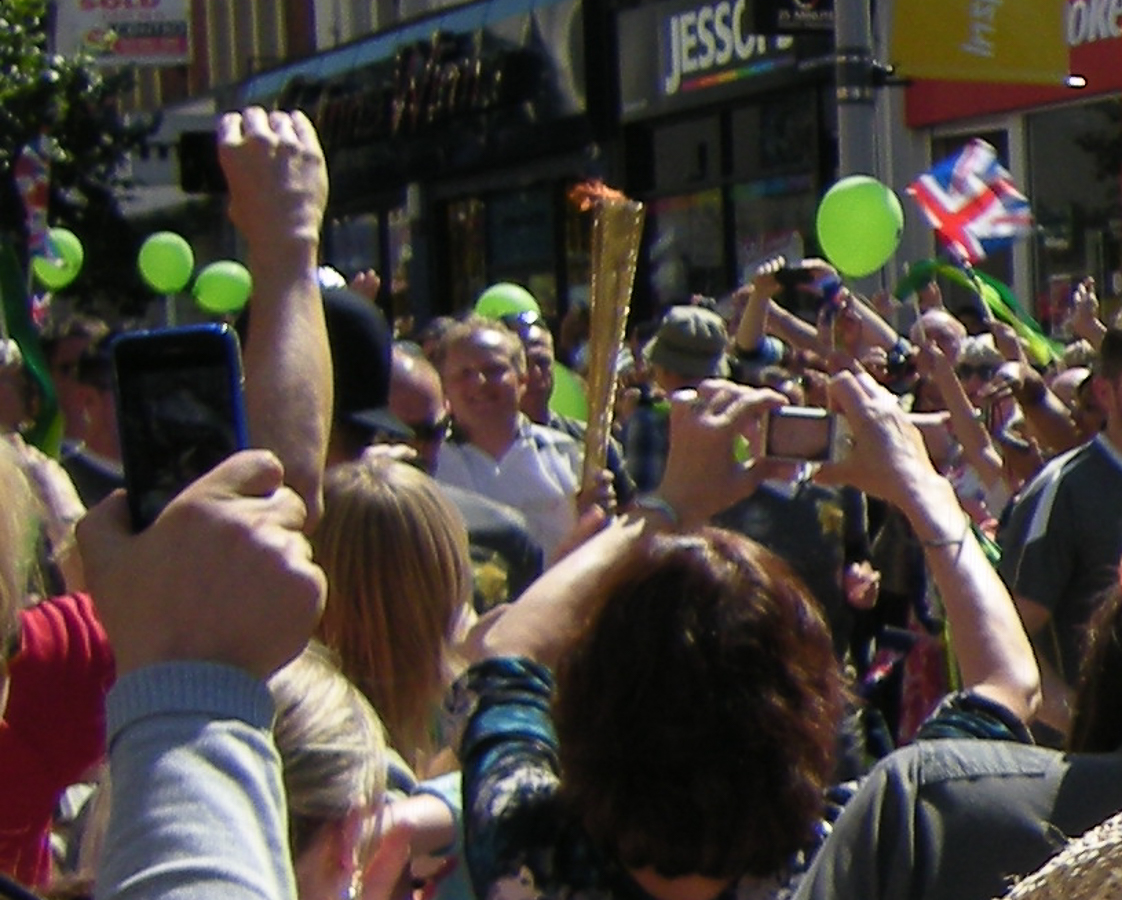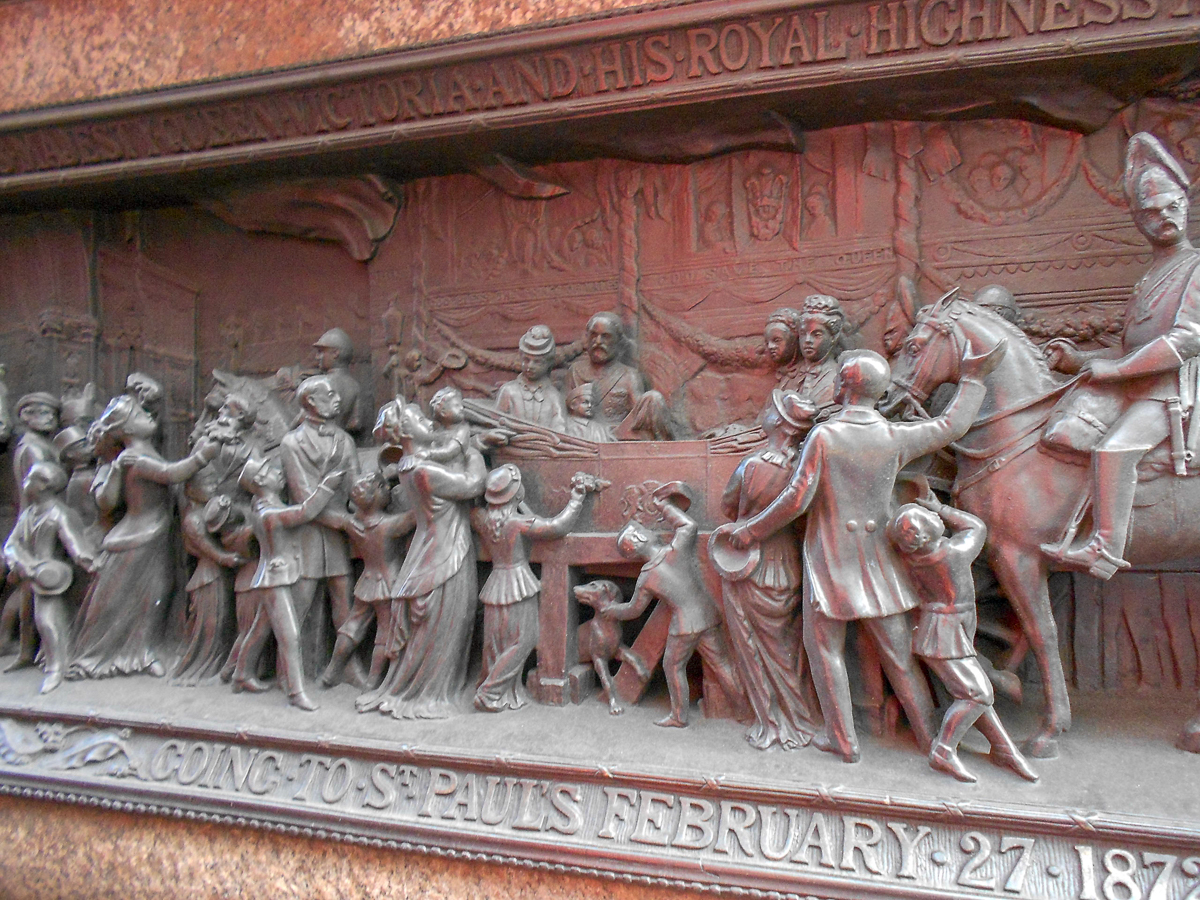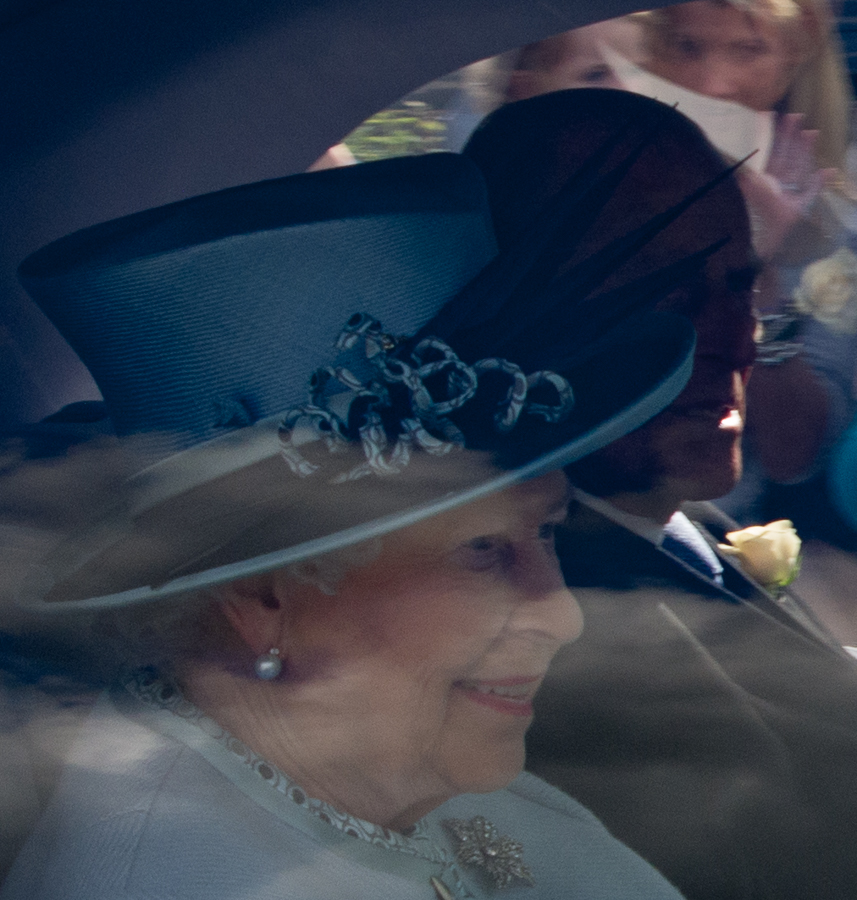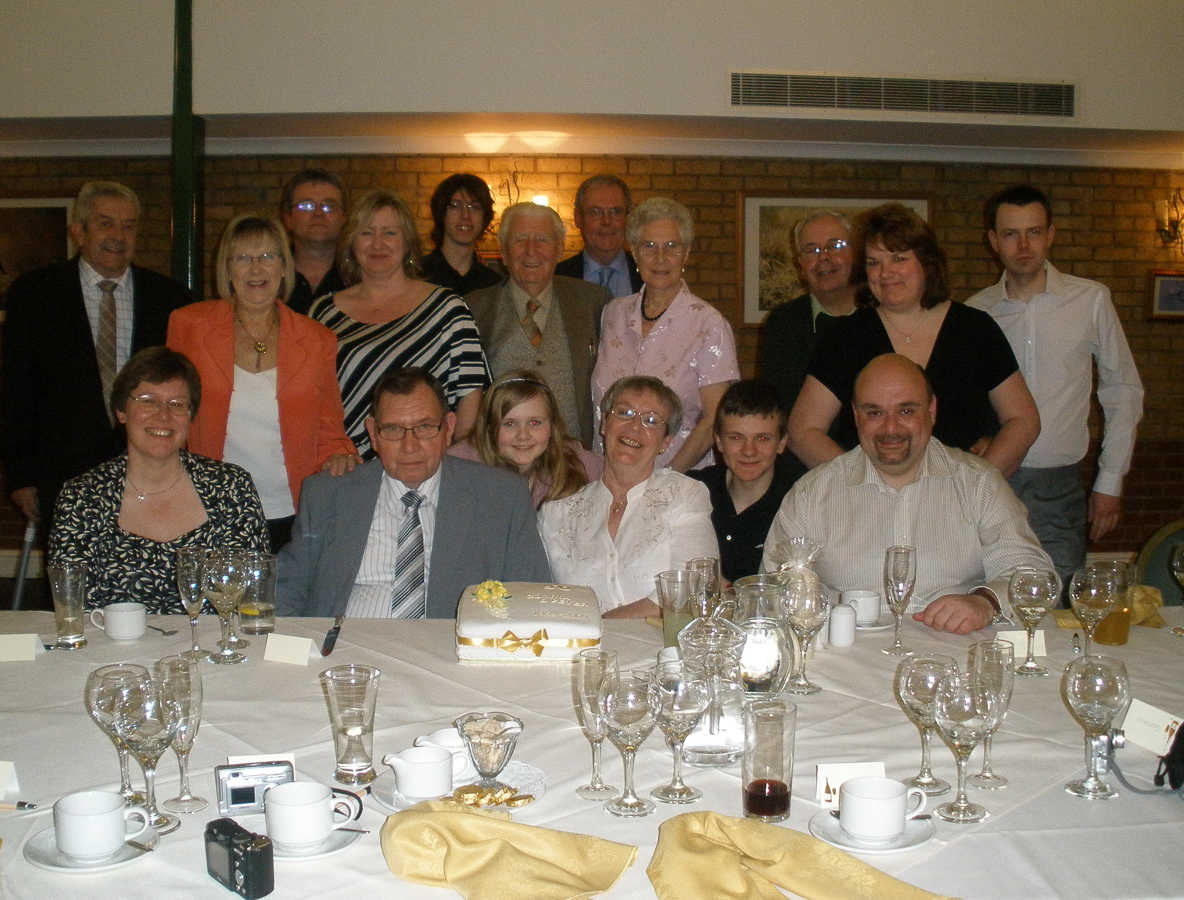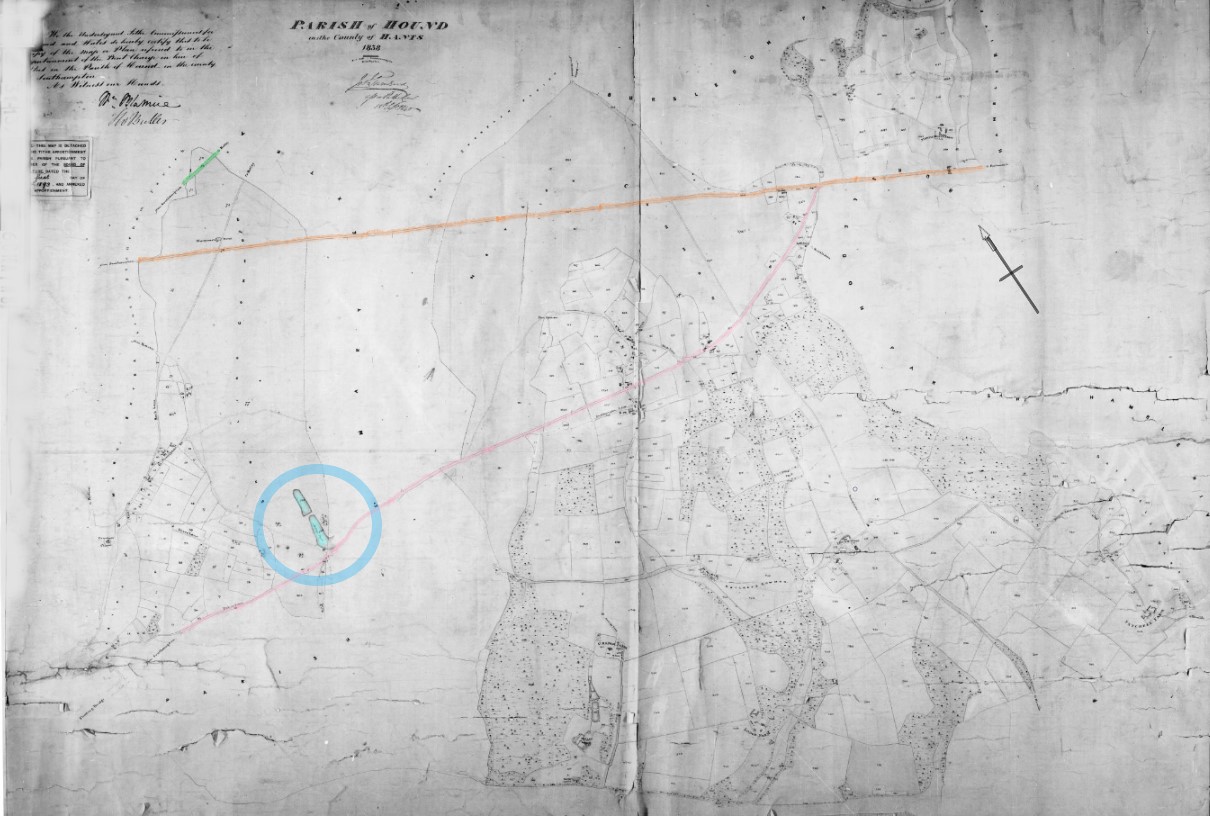John Tilley, born 1665 died 1727, of the New Forest
Ten generations ago, John Tilley was born in or nearby the small hamlet of Sopley, Hampshire, England, and the year was 1665.
He was my 8th Great-Grandfather.
He may be the start of the story, but not of the migration as he was born and died in the same small hamlet of Sopley.
Ancestry Synopsis
When John Tilley was born in 1665 in Sopley, Hampshire, his father, Mr. Tilley, was 30. He married Martha Spearen on 9 October 1683 in his hometown. They had three children during their marriage. He died in 1727 in Sopley, Hampshire, at the age of 62, and was buried there.
Mr Tilley referred to is just a placeholder father at the moment with just a guess at his age
John Tilley who sailed on the Mayflower
For the avoidance of doubt, his was not the John Tilley who was baptised on 19 December 1571 at Henlow, Bedfordshire, England, the son of Robert and Elizabeth Tilley. Who latter married Joan Rogers nee Hurst, on 20 September 1596 at Henlow, Bedfordshire, England, the Daughter of William and Rose Hurst and Widow of Thomas Rogers. This John Tilley sailed on the Mayflower and died sometime during the first winter at Plymouth, likely between January and March 1621. Nor was it any of his offspring.
Tilley was a relatively common name with a wide dispersion across England as shown on this Ancestry page.
Timeline Context
Timeline Context
1620s
The Mayflower was an English ship that transported the first English Puritans, known today as the Pilgrims, from Southampton and Plymouth, England, to the New World in 1620. There were 102 passengers.
1640s
The English Civil War (1642–1651) was a series of armed conflicts and political machinations between Parliamentarians ("Roundheads") and Royalists ("Cavaliers") over, principally, the manner of England's governance.
1660s
Charles II (29 May 1630 – 6 February 1685) was king of England, Scotland and Ireland. He was king of Scotland from 1649 until his deposition in 1651, and king of England, Scotland and Ireland from the restoration of the monarchy in 1660 until his death in 1685.
The Great Plague, lasting from 1665 to 1666, was the last major epidemic of the bubonic plague to occur in England. ... The Great Plague killed an estimated 100,000 people—almost a quarter of London's population—in 18 months.
John Tilley was born 1665
The Second Anglo-Dutch War (4 March 1665 – 31 July 1667), was a conflict fought between England and the Dutch Republic for control over the seas and trade routes, where England tried to end the Dutch domination of world trade during a period of intense European commercial rivalry.
1665 The city of New Amsterdam in the Province of New York is reincorporated as New York, named after James, Duke of York, and the first Mayor appointed.
31 October 1665 – Parliament passes the Five Mile Act preventing non-conformist ministers from coming within five miles of incorporated towns or the place of their former livings.
1665 - 1667 The Great Plague forces the closure of the University of Cambridge, where Isaac Newton is a student. Newton retires to his home in Lincolnshire for safety, and stays there for two years. During that time alone, Newton will make ground breaking discoveries in mathematics, calculus, mechanics, and optics, and lay the foundations for his books Philosophiæ Naturalis Principia Mathematica and Optiks.
1666 September 2–5 – Great Fire of London: A large fire breaks out in the City of London, in the house of a baker on Pudding Lane, near London Bridge. The fire destroys more than 13,000 buildings (including Old St Paul's Cathedral), but only six people are known to have died, whilst at least 80,000 were left destitute and homeless. The re-surveying of property is credited with giving both cartography and the practices of surveying a leg up, as well as resulting in the modern definition by John Ogilby of the statute mile, as 1760 yards.
...
A time of great change but perhaps not all impacting on the rural community in and around the New Forest.
Tilley families in the area
Tilley families in the area
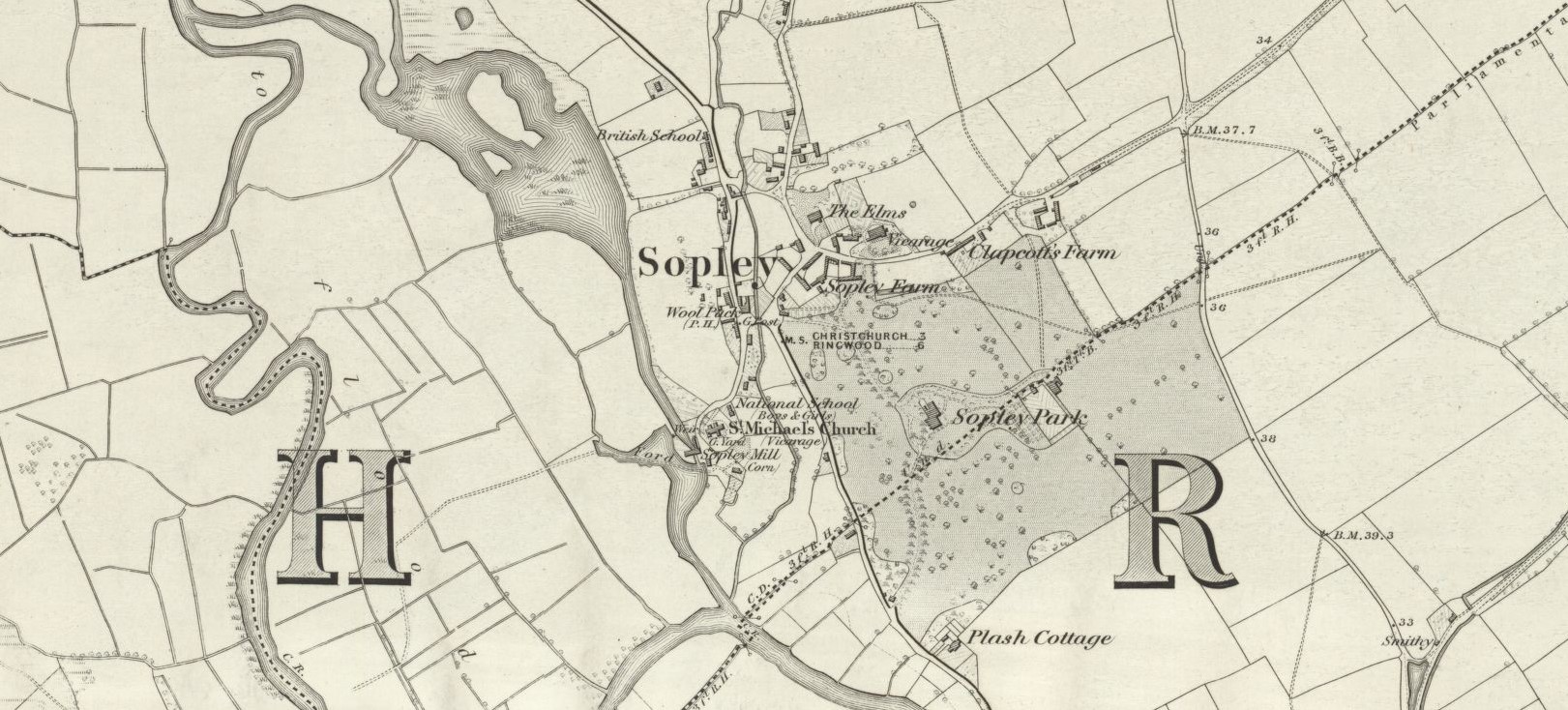 OS 6 Map Sopley - OS Six-inch England and Wales, 1842-1952 - Hampshire & Isle of Wight Sheet LXXVIII Surveyed: 1870, Published: 1872 {Click on the map to open in a new window}
OS 6 Map Sopley - OS Six-inch England and Wales, 1842-1952 - Hampshire & Isle of Wight Sheet LXXVIII Surveyed: 1870, Published: 1872 {Click on the map to open in a new window}
Sopley is an ancient settlement going back to before the Doomsday book and is described in this article. It is on the edge of the New Forest. The nearby area is sometimes in Hampshire and sometimes in Dorset depending on various boundary changes. Most of the employment in the area would have been engaged in either rural activities or supporting the large number of family estates in the area. Sopley Park and Winkton House being a couple of the closest.
A couple of centuries later and Sopley is still a rural community as seen on this 1872 Ordnance Survey Map. More information on Sopley can be found on Vision of Britain and British History Online. Sopley was in the Christchurch Hundred from this 1832 Boundary Map. Another useful Boundary Map updated up to 11/12/1899 is found here, zoom in to find Christchurch, and then Sopley. From the Vision of Britain Through Time analysis 70% of Sopley families are engaged in Agriculture from the 1831 Census data.
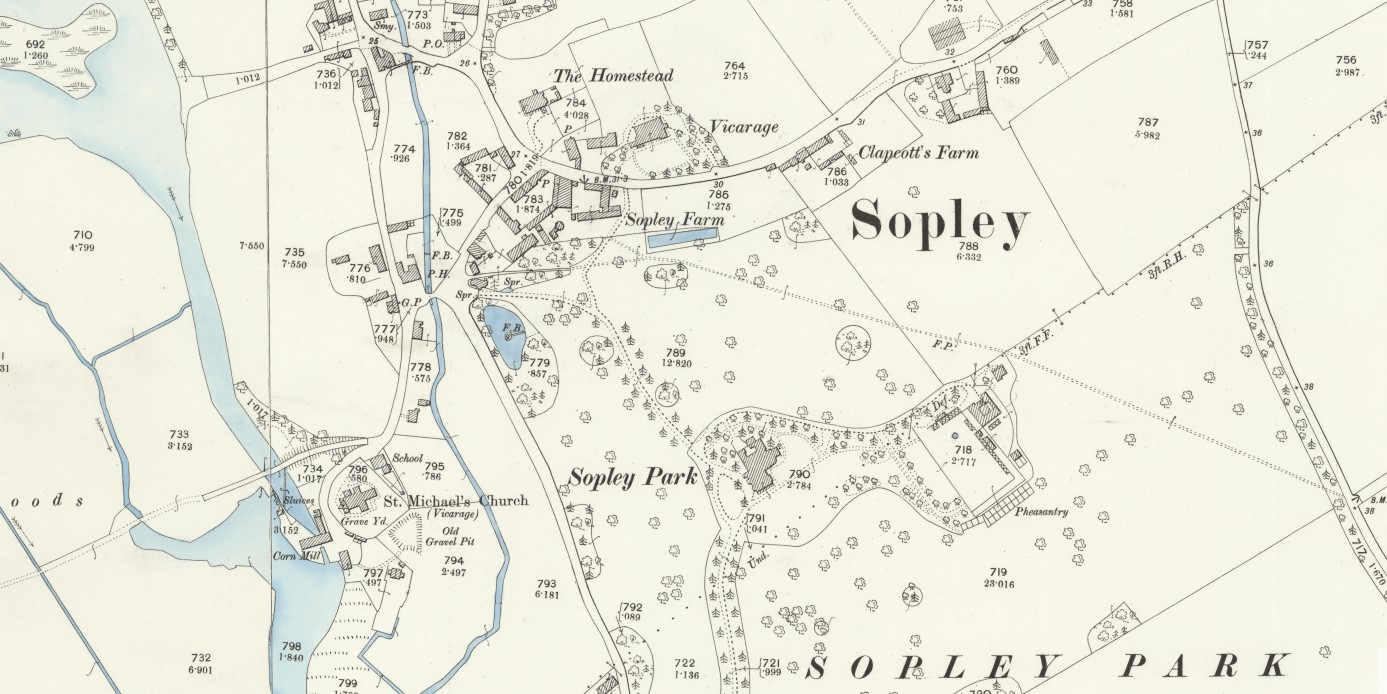 OS Map 25 Sopley - Hampshire and Isle of Wight LXXVIII.16, Revised: 1896, Published: 1898 {Click on the map to open in a new window}
OS Map 25 Sopley - Hampshire and Isle of Wight LXXVIII.16, Revised: 1896, Published: 1898 {Click on the map to open in a new window}
A similar map to the Six inch map above, but this one is 25 inches to the Mile, with more detail. However, we don't have a specific location of John Tilley other than Sopley.
There appear to a number of families with surnames of Tilley, Tilly, Telley, and other derivatives of the name. At the time most people could not spell, read, or write so it was down to the person, generally writing in a register of births, marriages or deaths, to decide how a name was spelt based only on the pronunciation given. Derivations are therefore to be expected.
The names appear in both regular and non-conformist registers in Boldre, Ellingham, and Ringwood as well as Sopley. At this stage I don't know if any of these families link at sometime further into the past.

Some of the families are in non-conformist registers from the Ringwood Great Meeting House in 22 Meeting House Lane (Presbyterian). The building still exists. In 1672 licence was granted for a Presbyterian to preach at the house of Widow Saunders at Sopley. There is also a Congregational mission room in Sopley.
The Parish Church in Sopley is St Michael & All Angels. The church is Grade II* listed and is also detailed on Historic England. A photo of the church by Peter Facey can be found here. and adjacent.
The Parish of Sopley has an entry in British History Online.
The Sopley Church, of St. Michael and All Angels, has parish registers that are contained in four books, the first having all entries from 1682 (burials from 1678) to 1731; the second all from 1732 to 1786, the marriages till 1754 only; the third is the printed marriage book 1754 to 1812, and the fourth has baptisms and burials 1786 to 1812.
From this it is unlikely to find records of John Tilley's birth and baptism in 1665 or thereabouts, as that predates the parish registers, nor who his parents were.
Exploring John Tilley b 1665
Exploring John Tilley b 1665
At the time of writing the parents of John Tilley appear to be unknown. Sources used to date to attempt to find them include Ancestry, FindMyPast, FamilySearch, The Genealogist, The Hampshire Genealogical Society, and MyHeritage. So the story really starts with the marriage of John Telley and Martha Spearen on 9th October 1683, in the Parish of Sopley. This record was found on the CDs of The Hampshire Genealogical Society.
If my Family Tree is correct John Tilley is my 8th Great-Grandfather. A mere 10 generations back.
 Phillimore Marriages at Sopley 1682 to 1812 P95
Phillimore Marriages at Sopley 1682 to 1812 P95
Details and the tree of this branch can be found at my Tilley Migration Family Tree constructed within the The Next Generation of Genealogy Sitebuilding "TNG".
However, before tracing the tree towards the current time, let us explore the inhabitants of the village of Sopley. The parish marriage records start in 1682. Phillimore Marriage Registers, 1531-1913, Hampshire Marriage Registers, Vol 7, contains Marriages at Sopley, 1682 to 1812 commencing at page 95. I started a One Place Study of Sopley based on this information. Analysis of the first 13 years indicates that of the 67 recorded marriages there are 55 unique surnames. Allowing for part of the population to be outside of marrying age it seems reasonable to assume that the population of Sopley at about 1690 consisted of about 100 families. Duplication of surnames would therefore suggest being of the same family, albeit not necessarily siblings. Tree statistics for OPS of Sopley can be found here.
During this exercise I found note of a marriage between Thomas Dorendell & Eleanor Telley on 30 Nov 1682. Four lines further on we find John Telley & Martha Spearen 9 Oct 1683. Could Eleanor be a sister of our John. It does seem quite probable. I not sure even DNA on both branches would provide definitive proof as this is ten generations back.
I would note at this point that dates are somewhat different during this part of history. This is the note I add to records of that age; 'The Calendar (New Style) Act 1750. The Act had two parts: first, it reformed the calendar of England and the British Dominions so that the new legal year began on 1 January rather than 25 March (Lady Day); and, second, Great Britain and its Dominions adopted the Gregorian calendar.' Yes, New Years Day, 25 March! Not changed until 1750.
Thomas Dorendell & Eleanor Telley m 30th November 1682
Back to the potential of John having a sister called Eleanor. I have been provided with some scans of records, which do not conclusively prove the relationship, but do make the same link and explore the Eleanor side of the tree. The records also demonstrate very clearly how variable the spelling of names can be so far back. One person has different spelling of his surname for his birth, marriage, and death, according to this information. Understandable considering the extent of illiteracy at the time. In 1660 upon the restoration, Latin, the language of the courts, which had been prohibited by Cromwell, made a comeback. Some parish records where in Latin. Further confusion.
I have added Eleanor to the Tilley Migration Family Tree, not knowing where it might take us. Statistics for that tree can be found here.
Continuing to explore Eleanor, or more precisely her husband Thomas Dorendell. Some of the information provided suggests that Thomas Dorendell was born in Ringwood and that his name was then recorded as Thomas Durndole. There is a Transcription of England Births & Baptisms 1538-1975 in FindMyPast that records a Thomas Durndole was baptised on 4 Sept 1659, in Ringwood, and that his father was Robert Durndole.
The county of Hampshire has in the past been called "Southamptonshire" and appears as such on some Victorian maps. The name of the administrative county was changed from 'County of Southampton' to 'County of Hampshire' on 1 April 1959. The short form of the name, often used in postal addresses, is Hants. Wikipedia. The old name appears as the place of embarkation of many of the immigrants into Ellis Island. It is recorded in the 'Commonwealth Instrument of Government, 1653, which was adopted by Oliver Cromwell when he assumed the office of 'Lord Protector' in 1654.
John Telley & Martha Spearen m 9th October 1683
This is the sixth record of the Phillimore Marriages at Sopley 1682 to 1812. Circled in green on the adjacent image.
John and Martha had three children, two sons and a daughter. Or at least that is the full extent of the records found so far. It seems strange that there were only three children at a time when a dozen was not unusual. The records suggest that Martha lived beyond the birth of the last known child.
The children were Edmund, John, and Martha, all born in Sopley, Hampshire.
Something about the children on the next Tab.
Children
Edmund
Edmund Tilley b 1684 Sopley
John
John Tilley b 1685 Sopley
Your text...
Martha
Martha Tilley b 1688 Sopley
Your text...
next 5
Your text...
ESRI Migration Map
Under development Migration map
This will change
more later
